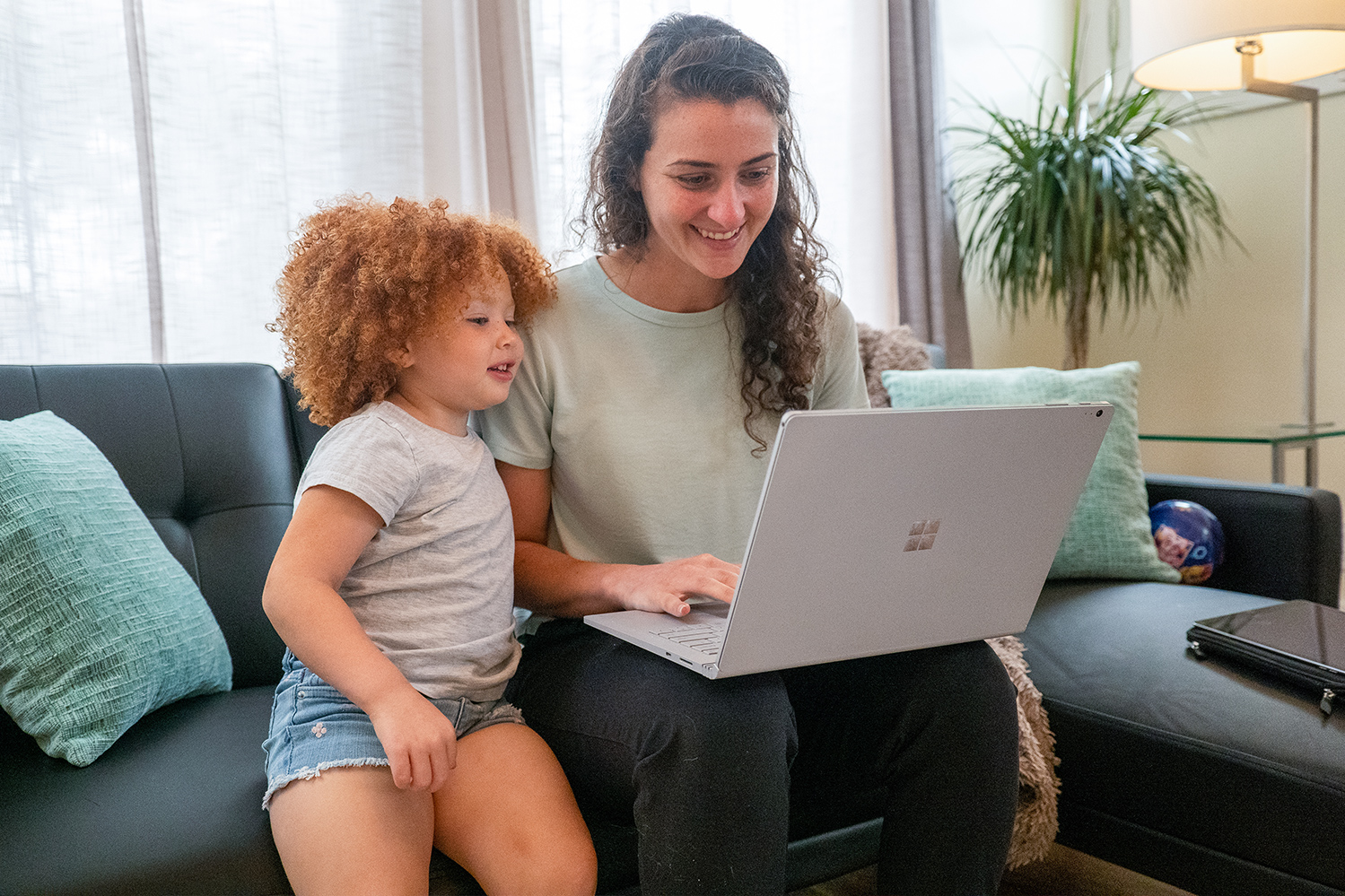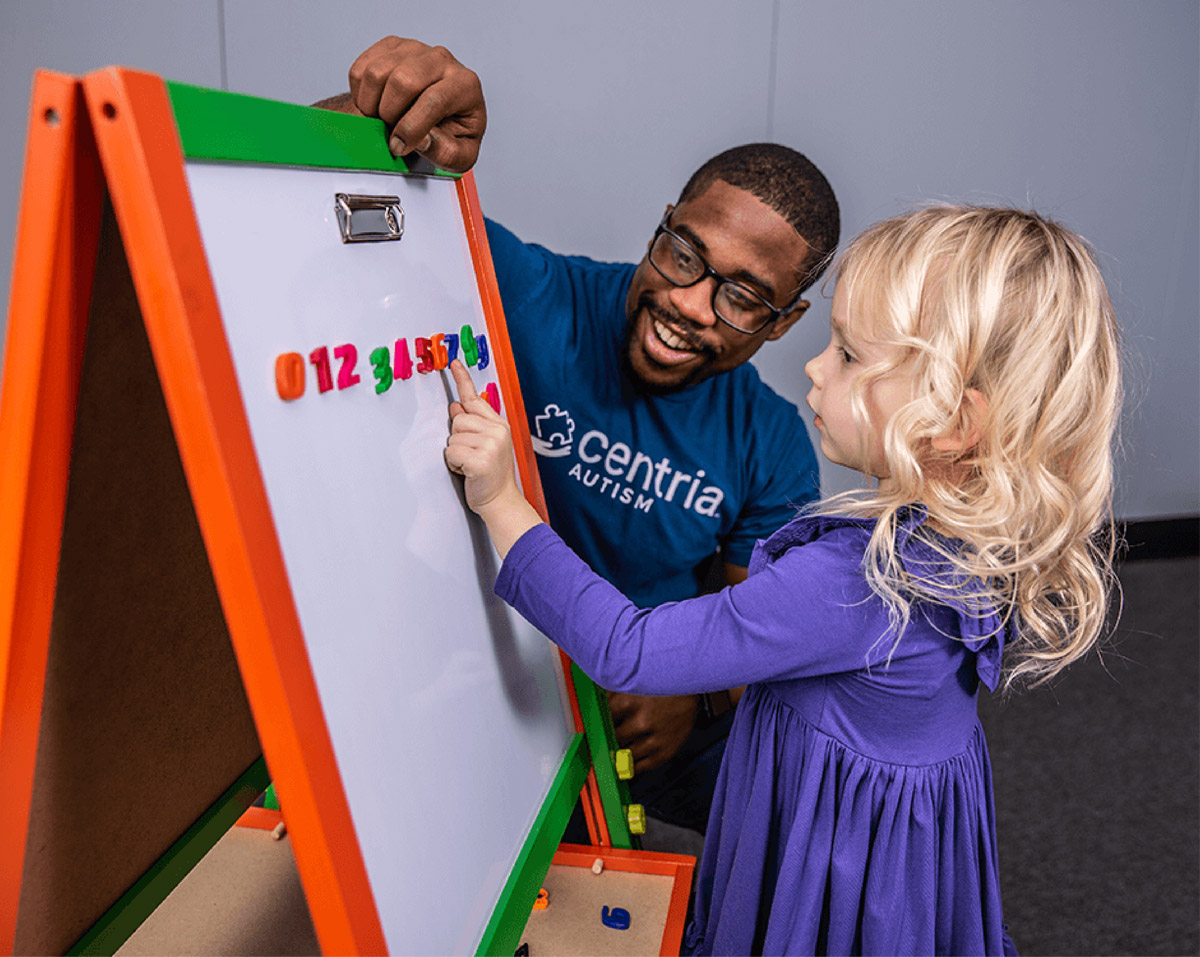Making sure your child can rely on a strong, healthy social network is every parent’s hope. But for a parent of a child with Autism Spectrum Disorder (ASD), this can be especially challenging when your child struggles in social situations because of this neurodevelopmental disorder.
Children with ASD are often characterized as having difficulties with complementary back-and-forth social interactions, practical communication skills, and by having repetitive and restricted interests and behaviors.
All of these things can make navigating our social world a challenge if you are a child with ASD. Friendships made through school and community settings can be both the source for increasing such a challenge as well as an opportunity for developing social skills and peer relationships.
Help your child build social skills
Tips and ideas can be adapted to apply anywhere your child falls on the spectrum. But for the most part, even the seemingly simple steps like creating social stories, or writing out scripts can benefit even the highest functioning child on the spectrum.

Step 1: Start with simply defining friendship and its value
Begin with the basics. Because autism can skew your child’s perspective of what facial expressions and phrases mean compared with neurotypical thinking, these children may have a different definition of what a friend is/does versus what a bully is/does, for example.
Use real-life examples to define true friendship your child observes in their life or yours and discuss them. For example, start by asking, “Do you like spending time with someone who hurts your feelings by calling you names like ‘jerk’ or someone who comforts you when you are having a tough time by asking if you are okay and giving you compliments?
Being literal is a language attribute a child on the spectrum understands more deeply than being vague so avoid using abstract expressions in your descriptions, instead, be specific.
Step 2: Using visuals is key to learning with autism
Children with autism benefit from seeing a script and/or visuals that model conversations and facial expressions.
Using paper figures, toys or drawings, you can play-act a conversation your child could have to demonstrate how a conversation may start between children in a playground or lunchroom. Starting simply by introducing oneself with your name and grade and moving through to stating favorite hobbies and interests, all while using age-appropriate language exemplifies how your child can build rapport with a peer. It is important to include in these scripts responses like, “Oh, that’s cool,” with additional conversational tips like expressing his or her preferences like, “I like Star Wars, do you?” It is also important to follow through all the way to a typical end of such an encounter, such as reminding your child to say things like, “thanks for playing/talking” and “see you later.”
Step 3: Minimize risk for meltdowns with practice
To practice social skills, parents need to expose their child to social settings that are common like school, but also the less common ones like parties, events, or other infrequent situations. Those atypical routine encounters can trigger a level of apprehension and anxiety in your child with autism. So it is important to anticipate those hypothetical situations and prepare accordingly. You can minimize the potential for meltdowns in those situations by planning for possibilities.
For example, if you plan a playdate with a friend, have your child think about possible activities at the event. Then help your child come up with a list of alternatives to do if a friend does not want to participate in his/her proposed option. Introduce the concept of a “time to try” schedule that incorporates time for each child to try the other’s preference for a specified number of minutes before switching to the other’s choice. Teaching your child social compromise like this is essential to developing life-long social skills.
Step 4: Give your child a head start
If your child already loves Star Wars, for example, and there is a new movie out or he or she has a room full of Star Wars toys, build on those interests for potential outings or playdates. Research what child-friendly events may have a Star Wars theme and take your child there to revel in their interest with other like-minded kids. The same is true if your child likes a particular sport or music or art. Attend age-appropriate events or classes or training with other kids that have those interests as their focus.
Step 5: Remember change happens with time
These steps may be an on-going evolving lesson as your child grows and his or her interests and development changes. And as much as we all need a social network, remember there is value in alone time as well. A healthy amount of alone time that is carved into a child’s typical schedule allows your child to process social differences and thinking. Social skills take time to learn and practice to become a more natural experience for everyone, especially those born with social learning challenges.
To learn more about how Centria Autism can help you and your family navigate a diagnosis and insurance verification, or treatment of ABA Therapy, please contact our team of specialists at (855) 423-4629.





